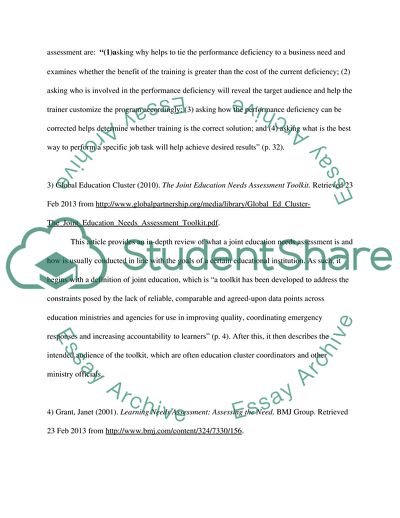Cite this document
(Educational Needs Assessment Annotated Bibliography, n.d.)
Educational Needs Assessment Annotated Bibliography. https://studentshare.org/education/1795713-annotated-assement-tool-bibilograpy
Educational Needs Assessment Annotated Bibliography. https://studentshare.org/education/1795713-annotated-assement-tool-bibilograpy
(Educational Needs Assessment Annotated Bibliography)
Educational Needs Assessment Annotated Bibliography. https://studentshare.org/education/1795713-annotated-assement-tool-bibilograpy.
Educational Needs Assessment Annotated Bibliography. https://studentshare.org/education/1795713-annotated-assement-tool-bibilograpy.
“Educational Needs Assessment Annotated Bibliography”. https://studentshare.org/education/1795713-annotated-assement-tool-bibilograpy.


